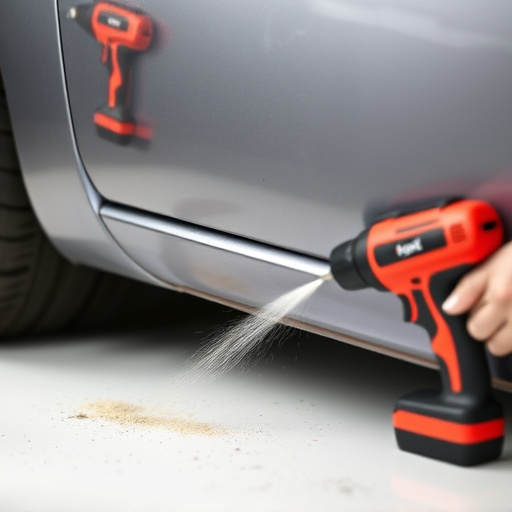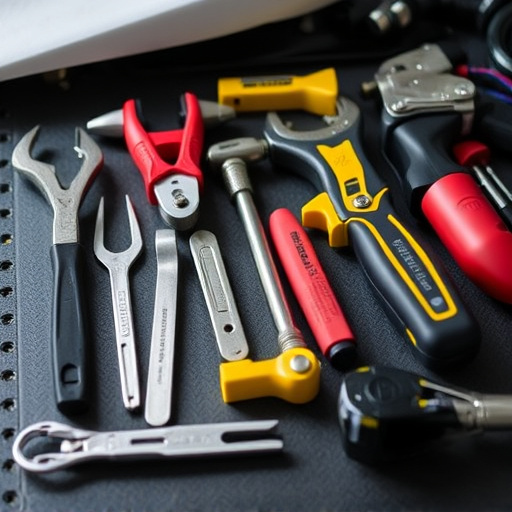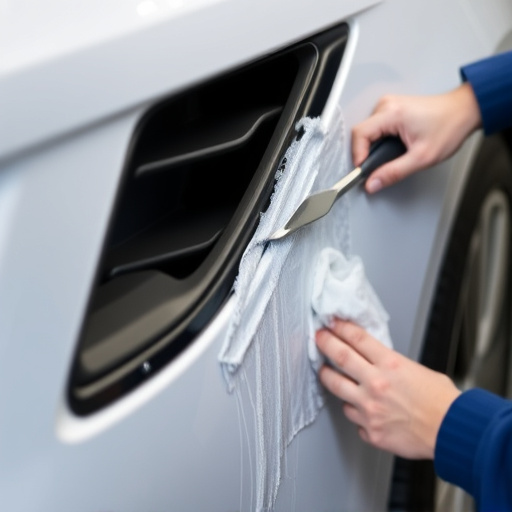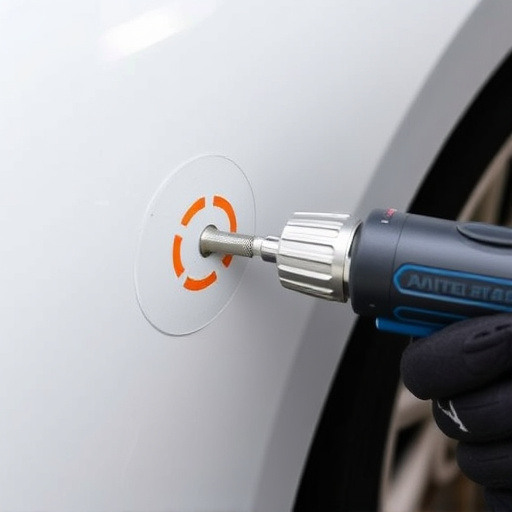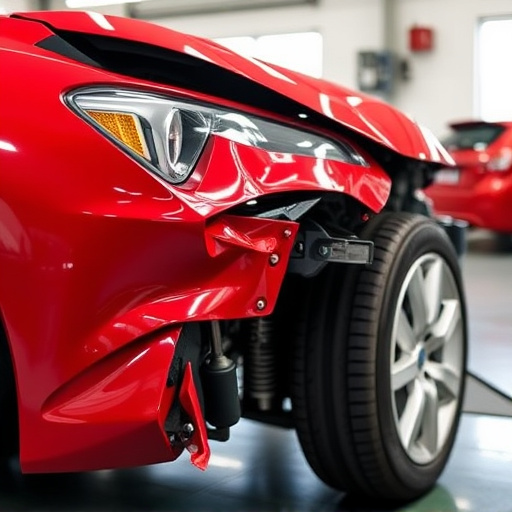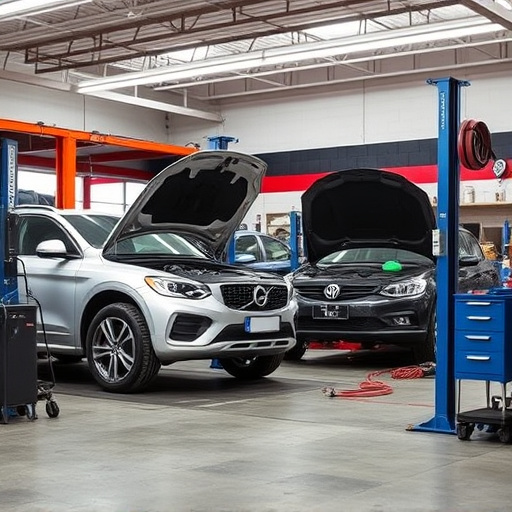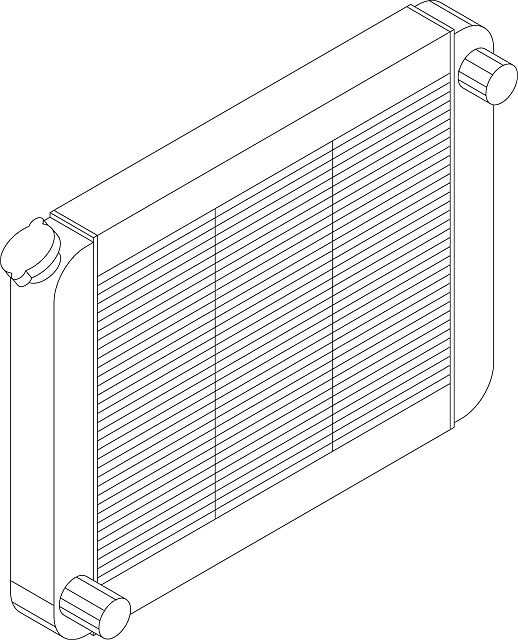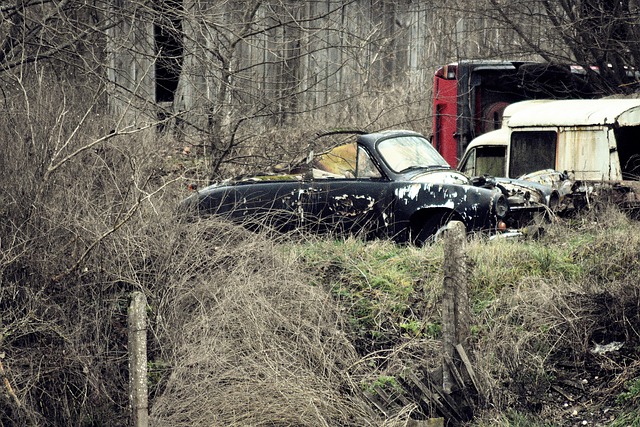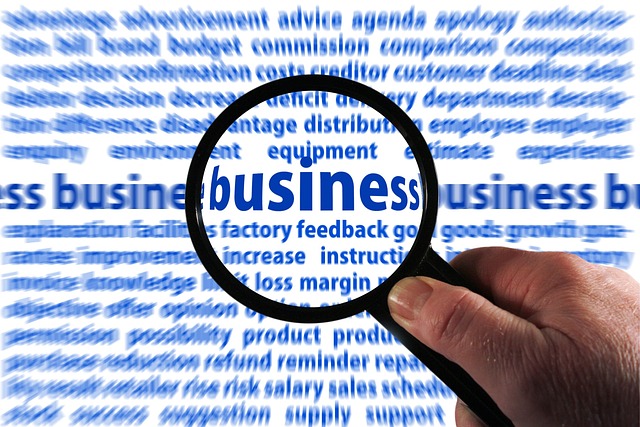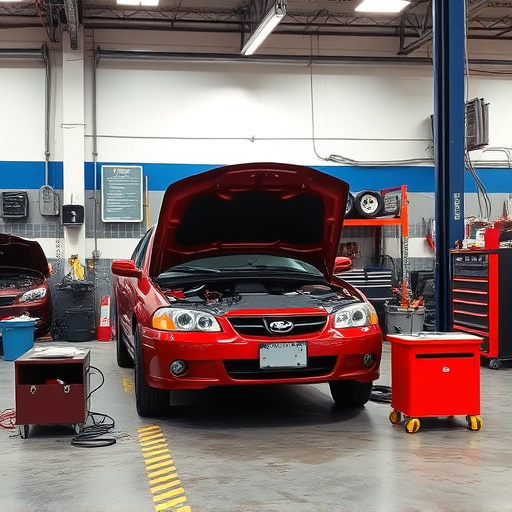Auto repair estimating is a critical process ensuring fair pricing and customer satisfaction by accurately assessing parts and labor. Skilled estimators inspect damage, identify components, calculate labor hours based on industry standards and task complexity, and maintain transparent quotes using detailed records and up-to-date data. A comprehensive auto repair estimate, detailing required work, parts, and costs, is a collaborative agreement between vehicle owners and repair shops, influenced by complex repairs, technician expertise, and shop efficiency. Best practices for precision include thorough inspections, standardized recording, collaboration with experienced technicians, regular training, and leveraging specialized software to minimize errors.
In the dynamic landscape of automotive services, precise parts and labor assessments are paramount for businesses aiming to thrive. This comprehensive guide delves into the intricacies of auto repair estimating, exploring foundational concepts that underpin accurate evaluations. From grasping fundamental principles to implementing best practices, we dissect key components essential for crafting comprehensive estimates. Discover how these elements empower technicians and shop owners alike to optimize efficiency, enhance customer satisfaction, and maintain a competitive edge in the market.
- Understanding Auto Repair Estimating: The Foundation of Accurate Parts and Labor Assessments
- Key Components of a Comprehensive Auto Repair Estimate
- Best Practices for Ensuring Precision in Parts and Labor Assesments
Understanding Auto Repair Estimating: The Foundation of Accurate Parts and Labor Assessments

Auto Repair Estimating serves as the bedrock for achieving accurate parts and labor assessments. It’s a meticulous process that involves analyzing damage, identifying necessary components, and calculating labor hours based on industry standards and the complexity of repairs. Whether dealing with a simple fender repair or complex automotive collision repair, precise estimating is paramount to ensuring fair pricing and customer satisfaction.
Effective auto repair estimating requires a deep understanding of various factors including parts costs, labor rates, and time required for each specific task. By utilizing detailed inspection, up-to-date industry data, and meticulous record keeping, skilled estimators can deliver transparent quotes that accurately reflect the scope of work involved in car collision repair or any other automotive service.
Key Components of a Comprehensive Auto Repair Estimate

A comprehensive auto repair estimate is a crucial document that outlines the scope of work required to fix a vehicle, along with the corresponding parts and labor costs. It serves as a transparent agreement between the owner and the repair shop, ensuring both parties understand the repair process and its financial implications. The key components of such an estimate include a detailed breakdown of the damage assessment, a comprehensive list of replacement parts, and an accurate calculation of labor hours.
In the realm of auto repair estimating, several critical factors contribute to a precise quote. First, an expert technician must conduct a thorough inspection, identifying not only visible damage but also potential hidden issues. This involves examining the car’s structure, underbody, and mechanical systems. For instance, assessing the extent of a car body work required, such as paintless dent repair techniques for minor dents and scratches, can significantly impact the overall estimate. Additionally, estimating labor time accurately requires considering the complexity of the repairs, the technician’s expertise, and the shop’s efficiency. By integrating these elements seamlessly, an auto repair estimate becomes a reliable tool for both customers and mechanics, fostering trust and ensuring satisfactory outcomes in the ever-evolving landscape of automotive services.
Best Practices for Ensuring Precision in Parts and Labor Assesments

To ensure precision in parts and labor assessments for auto repair estimating, best practices recommend a meticulous approach. Start by gathering comprehensive information about the vehicle’s condition through detailed inspections. Utilize advanced diagnostics tools to accurately identify components needing repair or replacement, focusing on both visible and hidden damage in vehicle bodywork. This involves careful examination of the car body restoration areas, as even minor imperfections can significantly impact overall assessment accuracy.
Standardized procedures should be followed for recording and categorizing parts and labor costs. Collaborate with experienced technicians who understand the latest trends and complexities in vehicle repair. Regular training sessions on auto repair estimating methodologies will help keep assessments up-to-date and precise, considering advancements in vehicle technology and materials. Additionally, using specialized software designed for auto repair estimating can streamline the process, ensuring consistency and reducing human errors in parts and labor evaluations.
Auto repair estimating is a critical skill that forms the backbone of precise parts and labor assessments. By understanding the key components outlined in this article, such as comprehensive cost breakdown, up-to-date pricing, and detailed time logging, automotive professionals can enhance their estimating practices. Adhering to best practices ensures accuracy, fosters trust with customers, and ultimately contributes to the success of auto repair businesses in today’s competitive market. Mastering auto repair estimating is a game-changer that drives efficient operations and satisfied clients.
